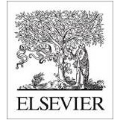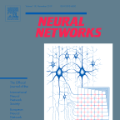We investigate how high-resolution tactile sensors can be utilized in combination with vision and depth sensing, to improve grasp stability prediction. Recent advances in simulating high-resolution tactile sensing, in particular the TACTO simulator, enabled us to evaluate how neural networks can be trained with a combination of sensing modalities. With the large amounts of data needed to train large neural networks, robotic simulators provide a fast way to automate the data collection process. We expand on the existing work through an ablation study and an increased set of objects taken from the YCB benchmark set. Our results indicate that while the combination of vision, depth, and tactile sensing provides the best prediction results on known objects, the network fails to generalize to unknown objects. Our work also addresses existing issues with robotic grasping in tactile simulation and how to overcome them.
翻译:我们研究高分辨率触觉传感器如何与视觉和深度感测相结合,以更好地掌握稳定性预测。最近在模拟高分辨率触摸感测方面的进展,特别是TACTO模拟器,使我们得以评估如何结合各种感测方式对神经网络进行培训。随着培训大型神经网络所需的大量数据,机器人模拟器提供了使数据收集过程自动化的快速方法。我们通过消化研究和从YCB基准集中采集的更多物体来扩展现有工作。我们的结果显示,虽然视觉、深度和触摸感测相结合,对已知物体提供了最佳的预测结果,但网络未能向未知物体进行概括。我们的工作还解决了在触觉模拟中掌握机器人和如何克服现有问题。




